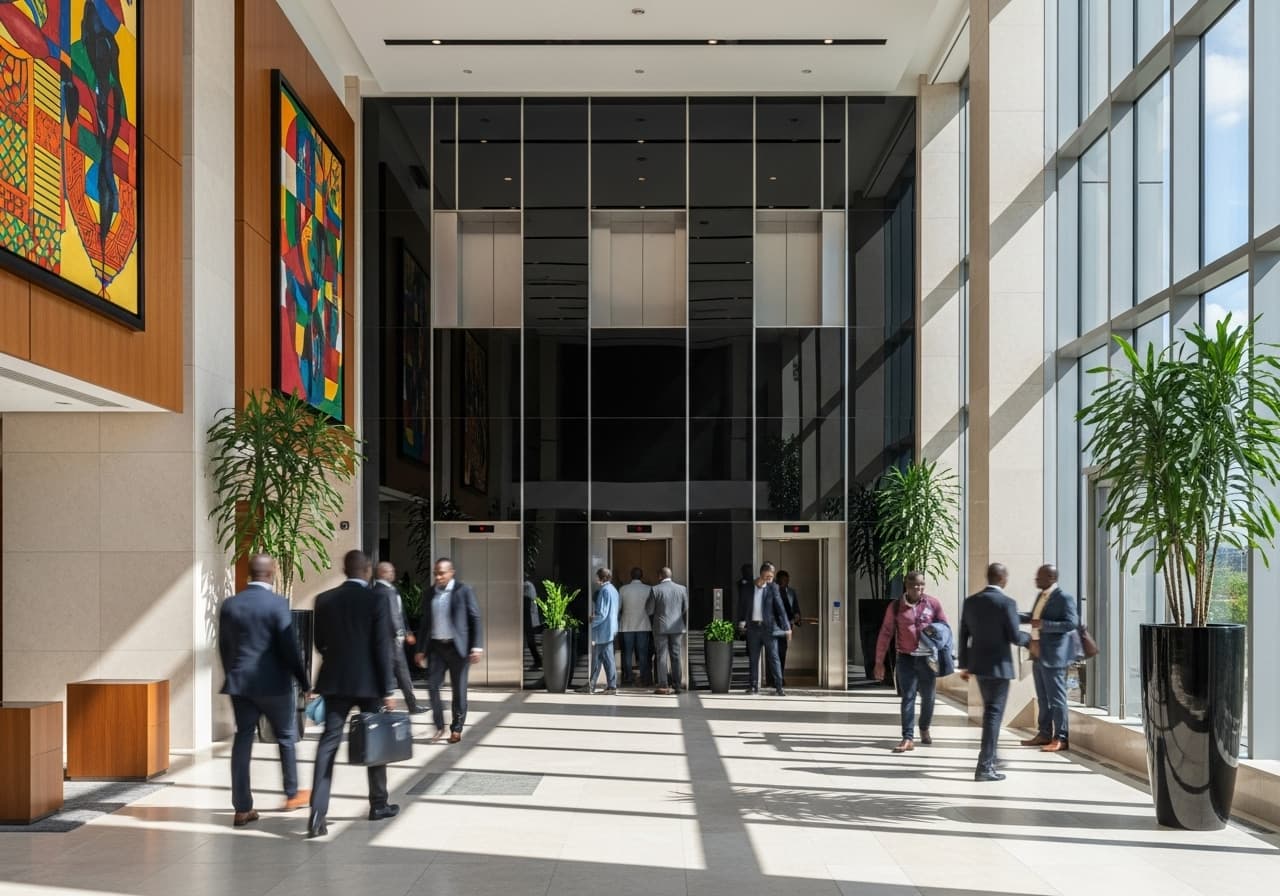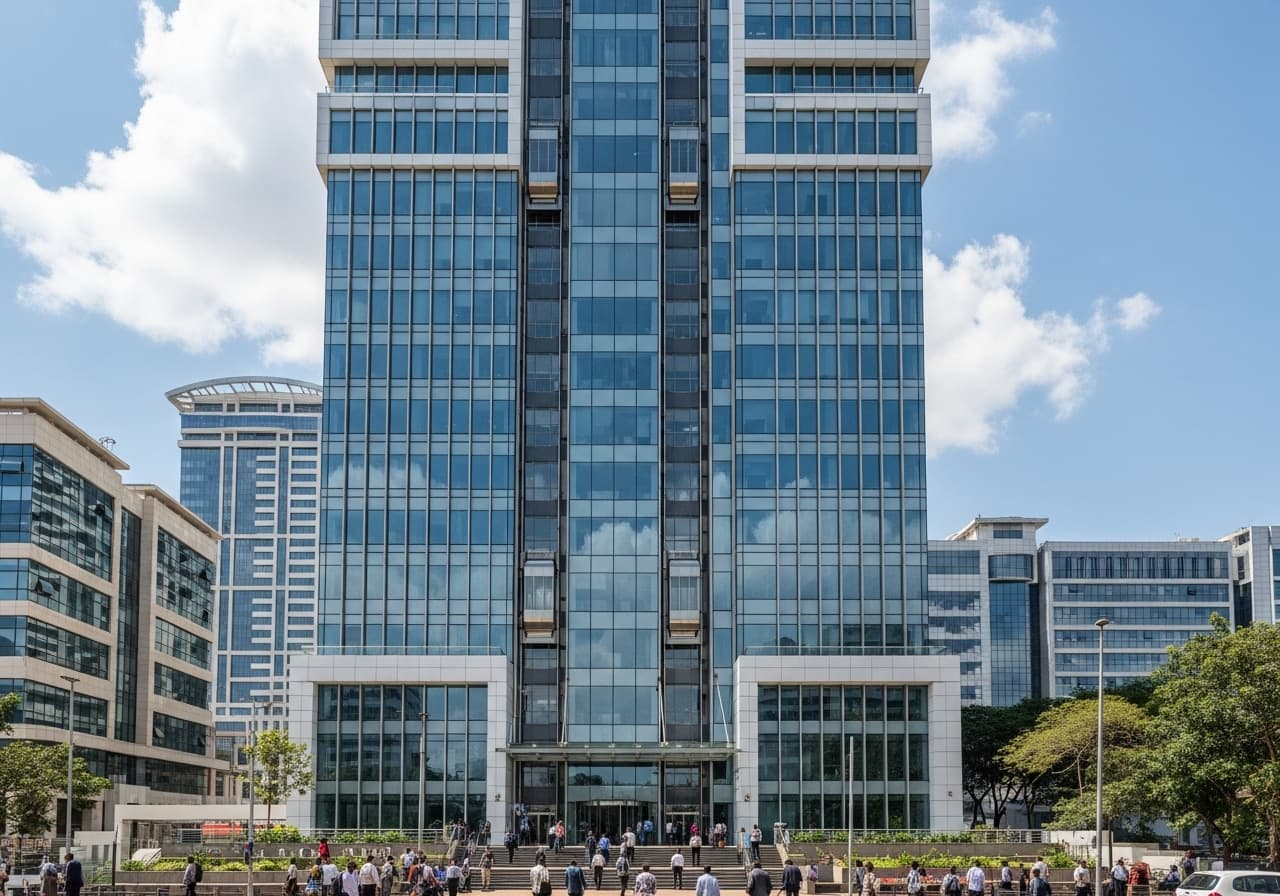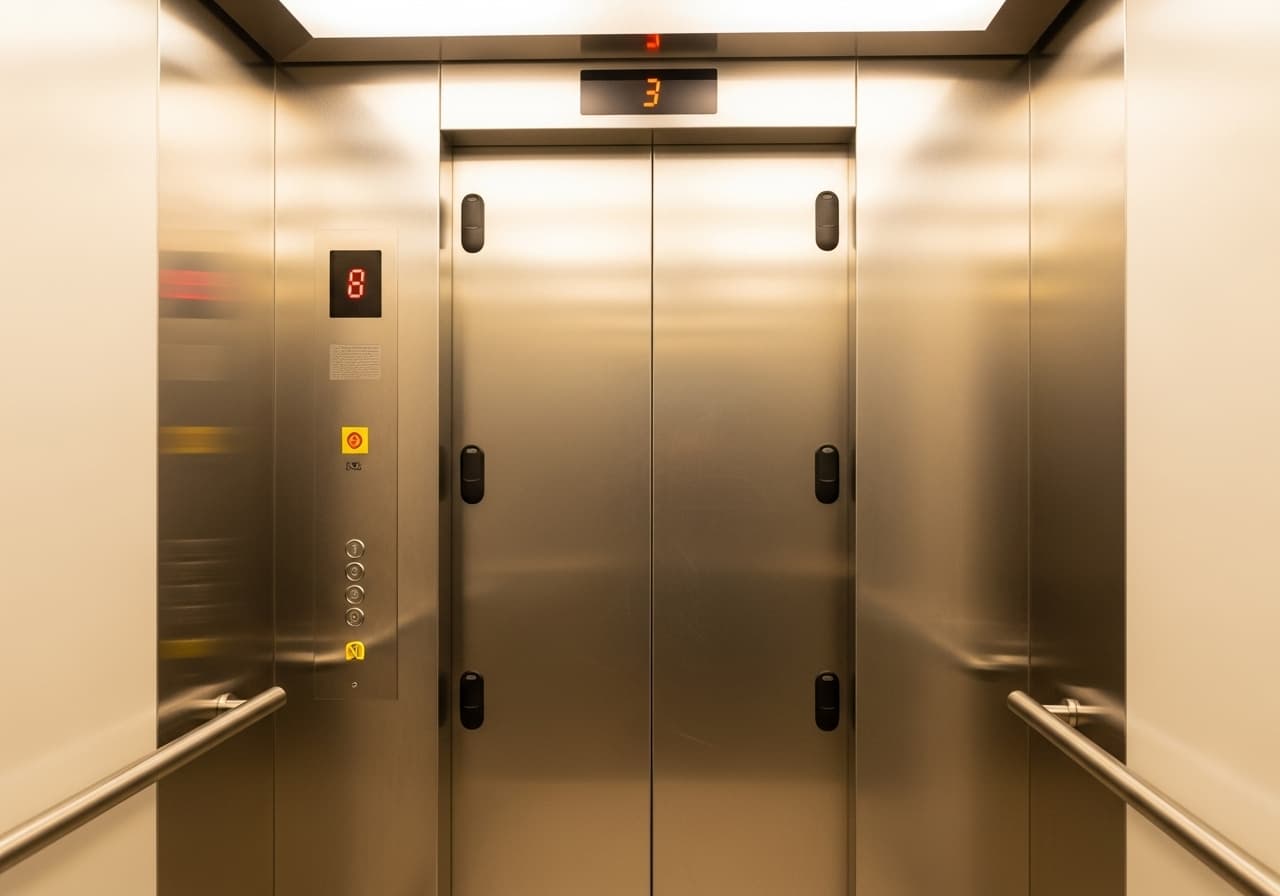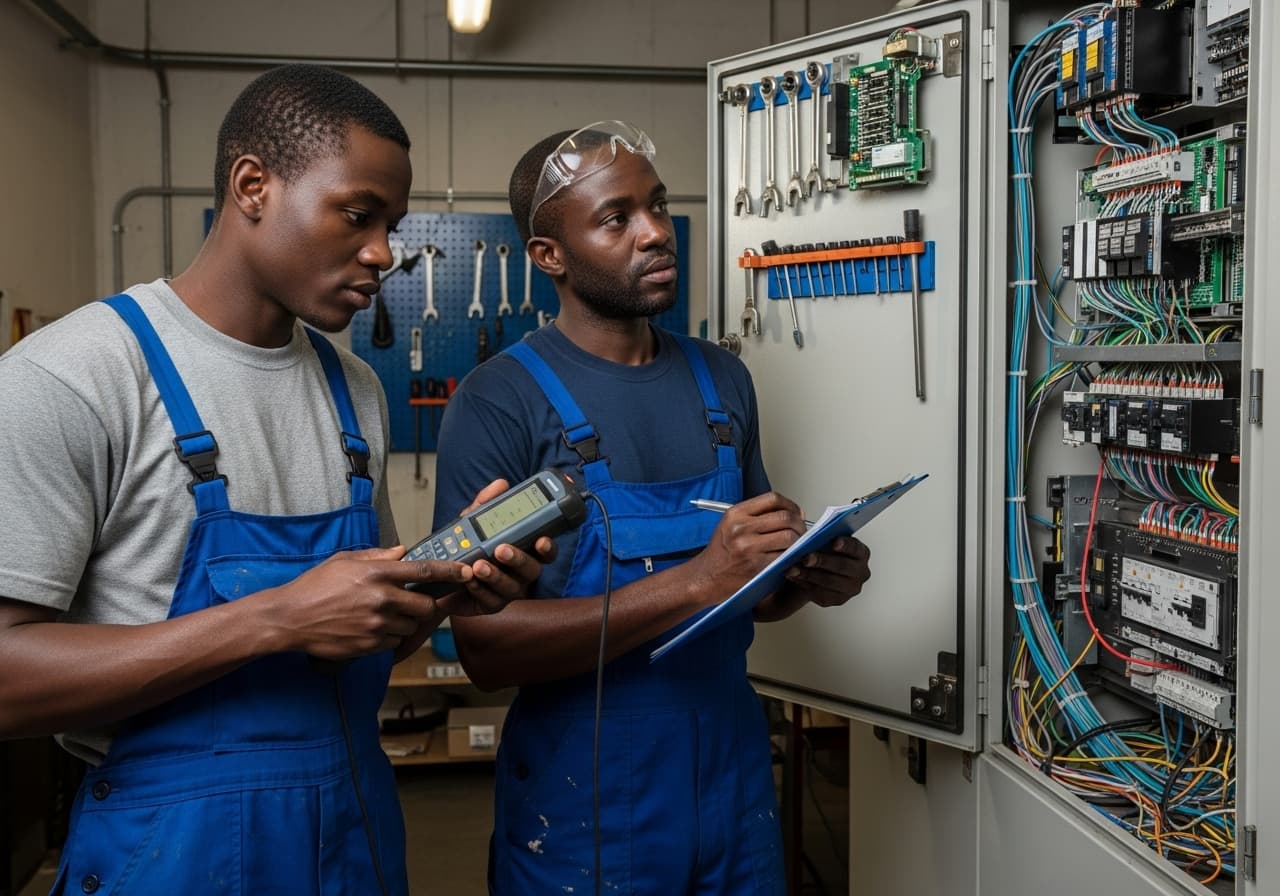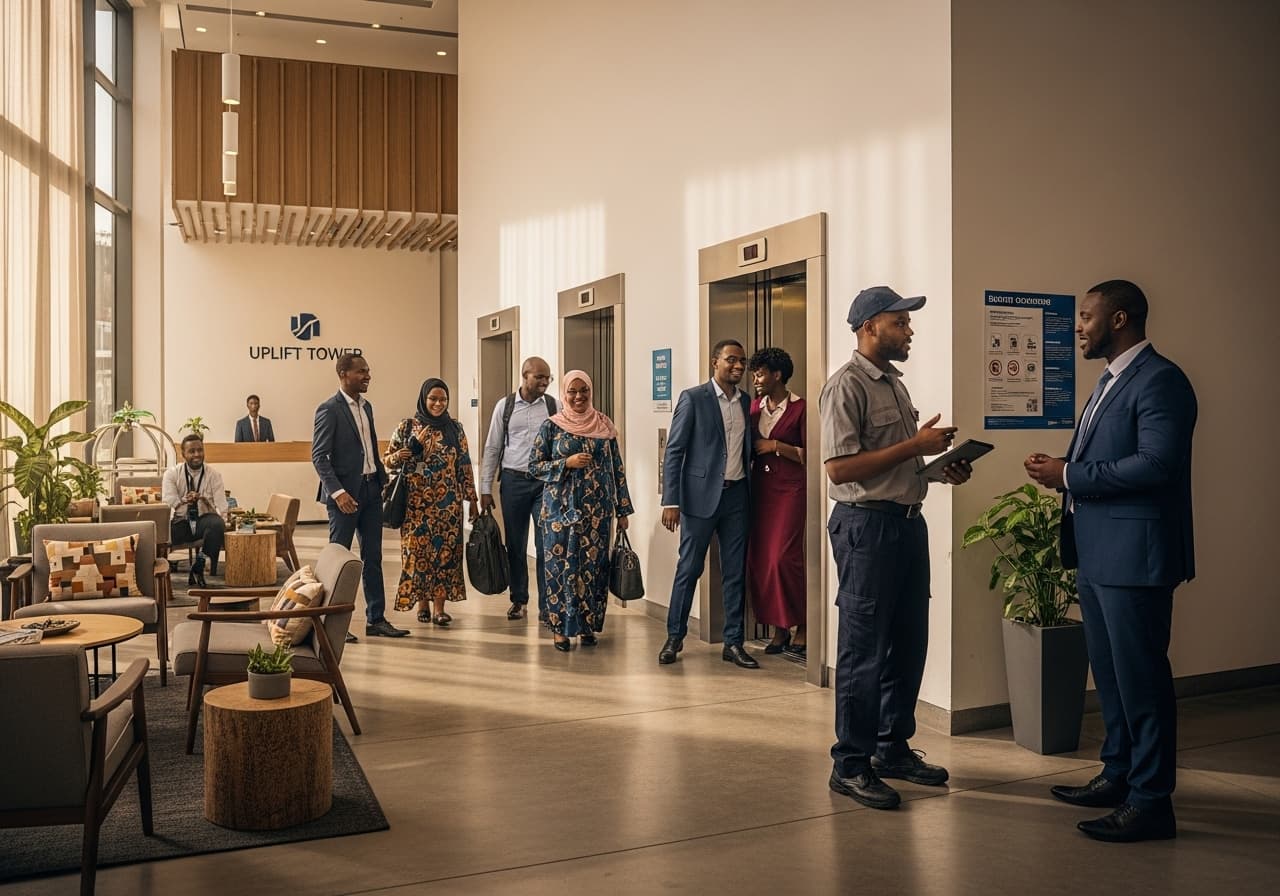Why Safety Matters in Vertical Travel
Elevators are among the safest forms of transportation, moving millions of people every day with very few incidents. Yet, because they operate quietly in the background, it is easy for building owners and users to overlook the importance of safety. Behind every smooth ride is a system of mechanical parts, sensors, and software that must work together flawlessly. Ensuring safety is not only about compliance with regulations but also about building trust with passengers who rely on these systems daily.
